
Abortion Pill
This eBay store is selling the abortion pill, putting women in danger
Carole Novielli
·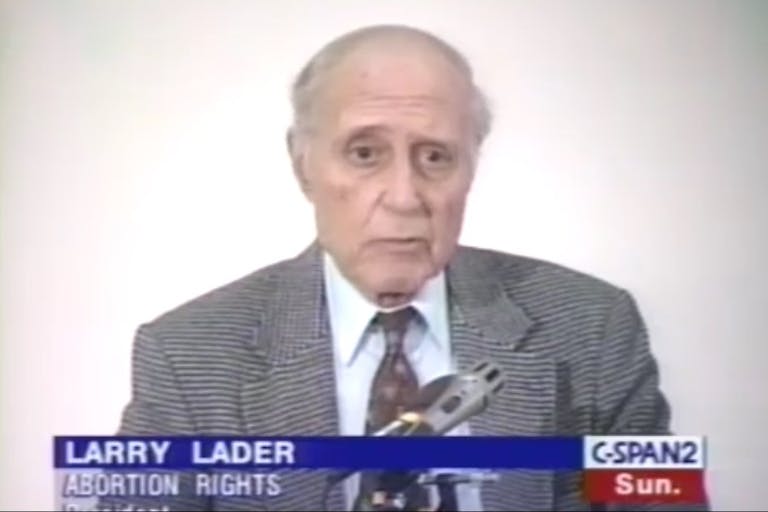
Investigative·By Carole Novielli
How pro-abortion men hijacked the women’s movement for their own benefit
The “Father of Abortion Rights,” Larry Lader, held eugenic beliefs inspired by Planned Parenthood founder Margaret Sanger — but on abortion, they parted ways, with Lader being extremely in favor of abortion. Lader and his colleague Bernard Nathanson were the two men most instrumental in pushing the 1960’s women’s movement towards abortion.
The reason we know this information, says “Subverted” author Sue Ellen Browder, is because Nathanson, an abortionist who later converted to the pro-life cause, had stories to tell.
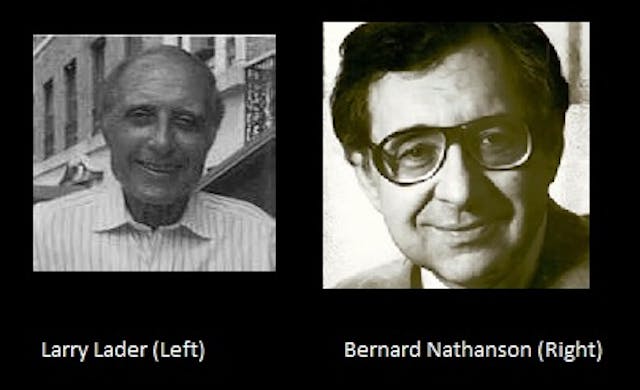
SUBVERTED: How the sexual revolution hijacked feminism
Browder told Live Action president Lila Rose in an interview, “These two men, Larry Lader and Bernard Nathanson, had founded this organization [NARAL] and… Lader knew Betty Friedan very well. They were magazine writers together in New York. Larry Lader had graduated from Harvard University. He was fairly independently wealthy… and his greatest passion was to make abortion legal. And he worked on Betty Friedan for years to try to convince her to insert abortion into her list of demands [within the National Organization for Women (NOW)]….”
“We would never had known it was Lader who at last persuaded Betty to insert abortion into NOW’s package of ‘women’s rights’ if it weren’t for the written testimony of a third party who eye-witnessed events as they unfolded behind the scenes,” Browder wrote in her book. That eyewitness was Nathanson.
“If we’re going to move abortion out of the books and into the streets, we’re going to have to recruit the feminists,” Browder quotes Lader as suggesting.
“Friedan has got to put her troops into this thing – while she still has control of them,” Lader stated.

READ: 8 ways pro-abortion men pushed legalized abortion on America
Friedan, Browder notes, had agreed to write a foreword in the jacket of Lader’s book. “He wrote a book on abortion and it was full of half truths, selective truths and truths out of context. But it was trying to prove to women that they need abortion to be free,” Browder stated. “And Betty Friedan bought it. She gave him a wonderful blurb on the back cover saying what a wonderful book this was. So, she now agreed with him.”
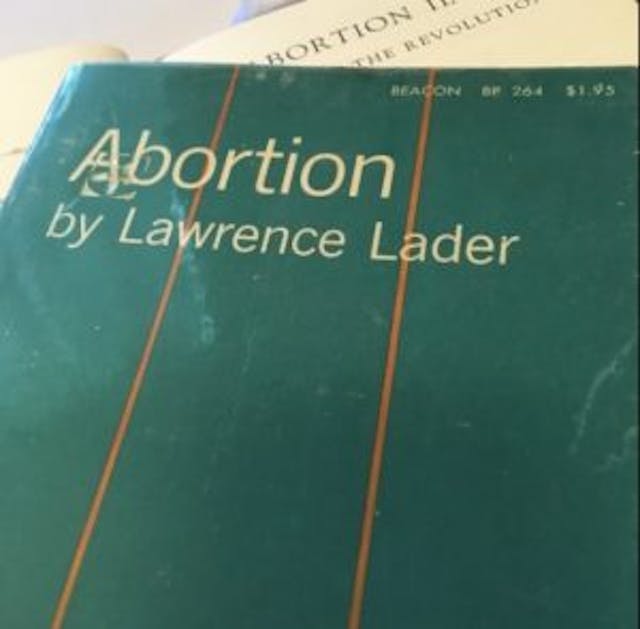
Lader wanted to “unleash the fury of women”
Nathanson, who reluctantly agreed to work with Lader in 1967 to convince Friedan’s feminists to support an abortion plank, once admitted, “Larry’s marriage with the feminists was a brilliant tactic.” But Nathanson later regretted the decision.
“In short I found, to my surprise, that I had been subtly dragooned into planning political strategy with Lader,” Nathanson wrote regretfully in his book, “The Hand of God.” Nathanson called himself and Lader “radicals,” writing, “We would settle for nothing less than striking down all existing statutes and substituting abortion on demand.”
The scheme was simple. In “Abortion,” Lader placed the responsibility on women to pronounce abortion as a freedom:
Article continues below
Dear Reader,
In 2026, Live Action is heading straight where the battle is fiercest: college campuses.
We have a bold initiative to establish 100 Live Action campus chapters within the next year, and your partnership will make it a success!
Your support today will help train and equip young leaders, bring Live Action’s educational content into academic environments, host on-campus events and debates, and empower students to challenge the pro-abortion status quo with truth and compassion.
Invest in pro-life grassroots outreach and cultural formation with your DOUBLED year-end gift!
Women themselves must bear the special responsibility of rallying opinion behind reform, standing up and making their demands for justice known throughout the country. Nothing is stronger than the moral power of an idea once it has come of age. And the moral power of legalized abortion will surely prevail when women have directed their anger against the superstitions of centuries, and cried out for the final freedom of procreative choice.
In “Abortion II,” Lader prophetically concluded that to legalize abortion, women would need “to stand before television cameras and describe their own abortions to the public…. It needed brawling women, shouting defiance of the law….” Lader then took credit for convincing women to join, writing, “It took only a few of us in 1966 – the early fanatics – to break the silence and unleash the fury of women. Once the National Organization for Women and Women’s Liberation groups joined the abortion movement, we were ready to shake the country.”
“Significantly, even Friedan, one of the most impressive militants of her time, avoided the abortion issue at first,” Lader recounted in the same book. He wrote, “[W]hile she was writing Mystique, I occasionally suggested that all feminist demands hinged on contraception and abortion and a woman’s control over her own body and procreation. Yet, her book hardly touched this fundamental problem and mentioned Margaret Sanger only peripherally….”
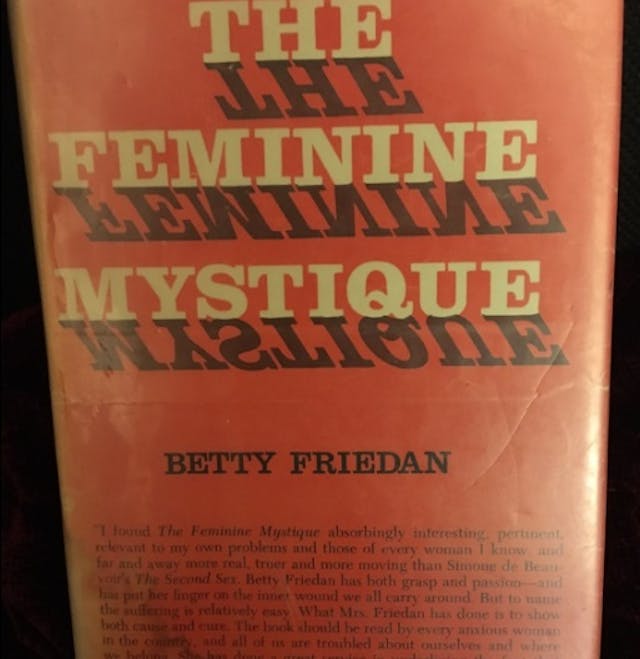
READ: Film documents Planned Parenthood’s history of Black genocide, eugenics
“The breakthrough came slowly,” Lader wrote. “In June 1966, at a meeting of the Commissions on the Status of Women in Washington, Friedan emerged from the status of woman to activist,” Lader said, recounting how Friedan founded NOW. “Although pounding away at the abortion issue in her lectures, she still hesitated to force it into the NOW platform for fear of splitting off Catholics and conservative professionals.”
Then, in a 1966 news conference announcing Lader‘s book, the LA Times recounted how reporters began using new rhetoric, calling abortion “a civil rights movement for women.”
One year later, in 1967, Lader would convince Friedan to add an abortion plank into NOW.
“Friedan has claimed that she did not start out consciously to start to a revolution,” Lader noted in his book “Ideas Triumphant.” But, he said, “This is not completely accurate. At the time she agreed to write a plug for my book jacket in 1965, we were discussing how to turn ideas into organizing. The founding of the National Organization for Women (NOW) in 1966 was pivotal.”
“By bringing NOW and eventually Women’s Lib into the abortion campaign, Friedan assured that the struggle for feminine liberation was solidly rooted in the one base that could turn theory into reality – a woman’s control over her own body and procreation,” Lader wrote in “Abortion II.”
Lader’s abortion obsession continued into the 1990’s when he pushed for the legalization of the abortion pill, RU486. In a 2000 press release, Lader bragged about his “plot” to break the law and smuggle the drug into the US.
He told an audience, “We have all sorts of little tricks; we’re tricky people. We smuggled some in from China through a doctor I knew coming in…. We then set up a very small lab… to make a small amount… and then we were very lucky; we found a very good manufacturer in the US and we have been with them ever since.”
Lader died in 2006 from colon cancer. He was 86.
Live Action News is pro-life news and commentary from a pro-life perspective.
Contact editor@liveaction.org for questions, corrections, or if you are seeking permission to reprint any Live Action News content.
Guest Articles: To submit a guest article to Live Action News, email editor@liveaction.org with an attached Word document of 800-1000 words. Please also attach any photos relevant to your submission if applicable. If your submission is accepted for publication, you will be notified within three weeks. Guest articles are not compensated (see our Open License Agreement). Thank you for your interest in Live Action News!

Abortion Pill
Carole Novielli
·
Investigative
Carole Novielli
·
Investigative
Carole Novielli
·
Investigative
Nancy Flanders
·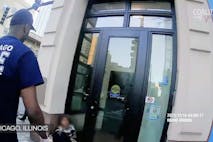
Investigative
Nancy Flanders
·
Abortion Pill
Carole Novielli
·
Abortion Pill
Carole Novielli
·
Investigative
Carole Novielli
·
Abortion Pill
Carole Novielli
·
Investigative
Carole Novielli
·